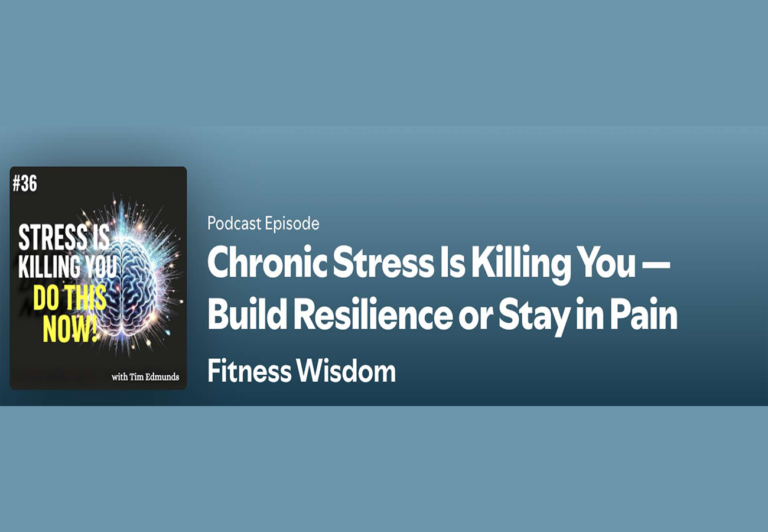Understanding Burnout: Signs, Prevention, and Recovery
Burnout is a state of chronic physical and emotional exhaustion. It’s a complex issue that can affect anyone, regardless of their neurotype. In this comprehensive guide, we’ll explore the signs and symptoms of burnout, ways to build resilience and avoid it, and strategies to overcome it. We’ll also delve into how burnout can manifest differently in autistics and neurotypicals.
Signs and Symptoms of Burnout
Burnout can manifest in various ways, both physically and emotionally. Here are some common signs:
Emotional Symptoms:
-
- Feeling drained and tired
- Lack of motivation
- Increasing cynicism or negativity
- Feeling detached or alienated
- Decreased satisfaction and sense of accomplishment
Physical Symptoms:
-
- Sleep disturbances
- Chronic fatigue
- Headaches and muscle pain
- Changes in appetite or weight
- Gastrointestinal problems
Behavioral and Cognitive Symptoms:
-
- Withdrawal from responsibilities
- Difficulty concentrating
- Increased pessimism
- Changes in interpersonal relationships
Ways to Avoid Burnout or Build Resilience
Preventing burnout requires a multifaceted approach. Here are some strategies:
-
- Set Clear Boundaries: Define work hours and stick to them.
- Take Regular Breaks: Short breaks and regular time off can help you recharge.
- Prioritize Tasks: Focus on what’s most important.
- Build Supportive Relationships: A strong support network can be a powerful buffer against stress.
- Invest in Hobbies and Interests: Engaging in activities you enjoy can provide a necessary counterbalance to stress.
How to Overcome the Symptoms of Burnout
If you’re already experiencing burnout, it’s essential to take immediate steps:
-
- Acknowledge the Problem: Recognize that you’re experiencing burnout.
- Seek Professional Help if Needed: Therapists or counselors can provide personalized strategies.
- Take Time Off if Possible: Rest and recharge.
- Set Boundaries: Clearly define your work hours and personal time.
- Reconnect with What You Love: Engage in hobbies or activities that you enjoy.
Burnout in Autistics vs. Neurotypicals
Autistics:
Autistic individuals may experience burnout from being in an overwhelmed state of sensory overload. The constant need to navigate a world not designed for them can lead to exhaustion. Sensory sensitivities, social challenges, and the pressure to “mask” or conform to neurotypical norms can contribute to burnout.
Neurotypicals:
Neurotypicals may experience burnout in similar ways, often related to work or caregiving activities. The chronic stress of meeting demands, managing relationships, and balancing responsibilities can lead to burnout.
Conclusion
Burnout is a complex issue that requires awareness, prevention, and active management. Understanding the signs and taking proactive steps to build resilience can go a long way in maintaining well-being. Recognizing the unique experiences of autistics and neurotypicals can also foster empathy and support for those struggling with burnout. Whether you’re seeking to avoid burnout or recover from it, prioritizing self-care and seeking professional help when needed are key to a balanced and fulfilling life.



